Navigating the complexities of real estate ownership transfer following probate can be a challenging and intricate process. For heirs, understanding each step involved in this process is crucial to ensure a smooth transition of property ownership. This comprehensive guide will delve into the various facets of transferring real estate ownership in Texas after probate, providing detailed insights, practical advice, and real-life examples to help you through this journey.
Understanding the Probate Process
What is Probate?
Probate is the legal process through which a deceased person’s estate is administered and settled. This process typically involves validating the deceased’s will (if one exists), paying off any debts and taxes owed by the estate, and distributing the remaining assets according to the will or Texas intestacy laws if there is no will.

Key Steps in the Probate Process
- Filing the Will: The first step is to file the deceased’s will with the probate court in the county where they resided. If there is no will, the court appoints an administrator to handle the estate.
- Appointment of Executor or Administrator: The court appoints an executor (named in the will) or an administrator (appointed by the court) to manage the estate’s affairs.
- Inventory and Appraisal: The executor or administrator must compile a detailed inventory of the deceased’s assets and liabilities and obtain appraisals for real estate and other significant assets.
- Paying Debts and Taxes: Before distributing any assets, the estate must pay all outstanding debts and taxes. This includes federal estate taxes, state taxes, and any other liabilities.
- Distribution of Assets: After debts and taxes are settled, the remaining assets are distributed to the heirs or beneficiaries according to the will or Texas intestacy laws.
Assessing and Preparing Real Estate for Transfer
Assessing the Value of the Property
Before transferring real estate, it is essential to assess the property’s value. This is crucial for several reasons:
- Fair Market Value: An accurate appraisal helps determine the fair market value of the property, which is necessary for estate tax calculations and equitable distribution among heirs.
- Market Conditions: Understanding current market conditions can aid in deciding whether to sell the property or transfer it to heirs.

Conducting a Title Search
A title search is a thorough examination of public records to confirm the property’s legal ownership and identify any existing liens, claims, or encumbrances. This step is critical to ensure a smooth transfer:
- Identify Liens and Claims: Resolving any outstanding liens or claims on the property before transfer is essential to avoid future disputes.
- Verify Ownership: Ensure the deceased was the rightful owner of the property and that there are no legal challenges to the title.
Settling Property Taxes
Outstanding property taxes must be settled before transferring ownership. This includes:
- Current Taxes: Paying any overdue property taxes to prevent issues with the transfer.
- Tax Clearance: Obtaining a tax clearance certificate from the local tax assessor’s office can help verify that all taxes are paid.
Preparing and Executing the Transfer
Preparing the Deed
The transfer of real estate ownership is formalized through a deed. In Texas, there are different types of deeds you might use:
- Warranty Deed: Provides a guarantee of clear title and is commonly used when transferring property to heirs or buyers. It assures the buyer that the property is free from any encumbrances.
- Transfer on Death Deed: Allows property to pass directly to heirs upon the death of the owner without going through probate. Execute this deed before the decedent’s death and record it with the county clerk’s office.
Executing and Recording the Deed
The process of executing and recording the deed involves several steps:
- Drafting the Deed: Draft the deed to include the names of the new owners, a description of the property, and any other relevant details. The executor or administrator must sign it.
- Notarization: Notarize the signed deed to verify the authenticity of the signatures.
- Recording the Deed: File the executed and notarized deed with the county clerk’s office where the property is located. This step formally records the change in ownership and makes it a matter of public record.
Transferring Utilities and Services
After the deed is recorded, ensure that all utilities and services associated with the property are updated to reflect the new ownership:
- Utility Accounts: Contact utility companies (electric, water, gas) to transfer accounts into the new owner’s name.
- Insurance Policies: Update property insurance policies to cover the new owners.
- Other Services: Make necessary changes to any other services or subscriptions related to the property.
Common Pitfalls and How to Avoid Them
Incomplete Probate Process
Transferring property before the probate process is complete can lead to legal complications. Resolve all probate matters, including paying debts and taxes, before transferring property.
Issues with Title
Unresolved title issues can delay or complicate the transfer. Conduct a thorough title search and resolve any encumbrances before proceeding.
Tax Implications
Be aware of potential tax implications, such as estate taxes and capital gains taxes. Consult with a tax professional to understand and manage these responsibilities.
Legal Requirements
Adhere to all legal requirements for deed preparation and recording. Failure to comply with these requirements can result in delays or legal challenges.
Texas Probate Real Estate Transfer Success Stories
Case Study: The Smith Family
The Smith family faced a complex situation after the passing of their matriarch. The lien encumbered the family’s property, and they had not fully completed the probate process. By working with an experienced probate attorney, they were able to resolve the lien issue, complete the probate process, and transfer the property to the heirs. This experience highlights the importance of thorough preparation and professional guidance.
Case Study: The Johnson Estate
In another case, the Johnson family utilized a Transfer on Death Deed to simplify the transfer of property to their heirs. By executing the deed before the decedent’s passing and recording it properly, the family was able to bypass the probate process for the real estate, streamlining the transfer and avoiding potential complications.

Seeking Professional Guidance
Given the complexities involved in transferring real estate ownership after probate, seeking professional guidance is often advisable. Key professionals to consider include:
- Real Estate Attorneys: They can provide legal advice on the transfer process, ensure compliance with legal requirements, and handle any disputes or complications.
- Probate Specialists: These professionals help navigate the probate process and ensure that all legal and financial matters are addressed.
- Tax Advisors: Consulting with tax advisors helps manage any potential tax implications and ensures compliance with tax laws.
Texas Probate Real Estate Transfer Success Stories
Transferring Texas real estate ownership after probate involves several crucial steps, from assessing the property’s value to preparing and executing the deed. By understanding and following these steps, heirs can navigate the process with confidence and ensure a smooth transition of property ownership. Professional guidance can be invaluable in addressing complexities and ensuring compliance with legal and financial requirements. With careful planning and support, you can successfully manage the transfer of real estate. By doing so, you can honor the legacy of your loved one.








